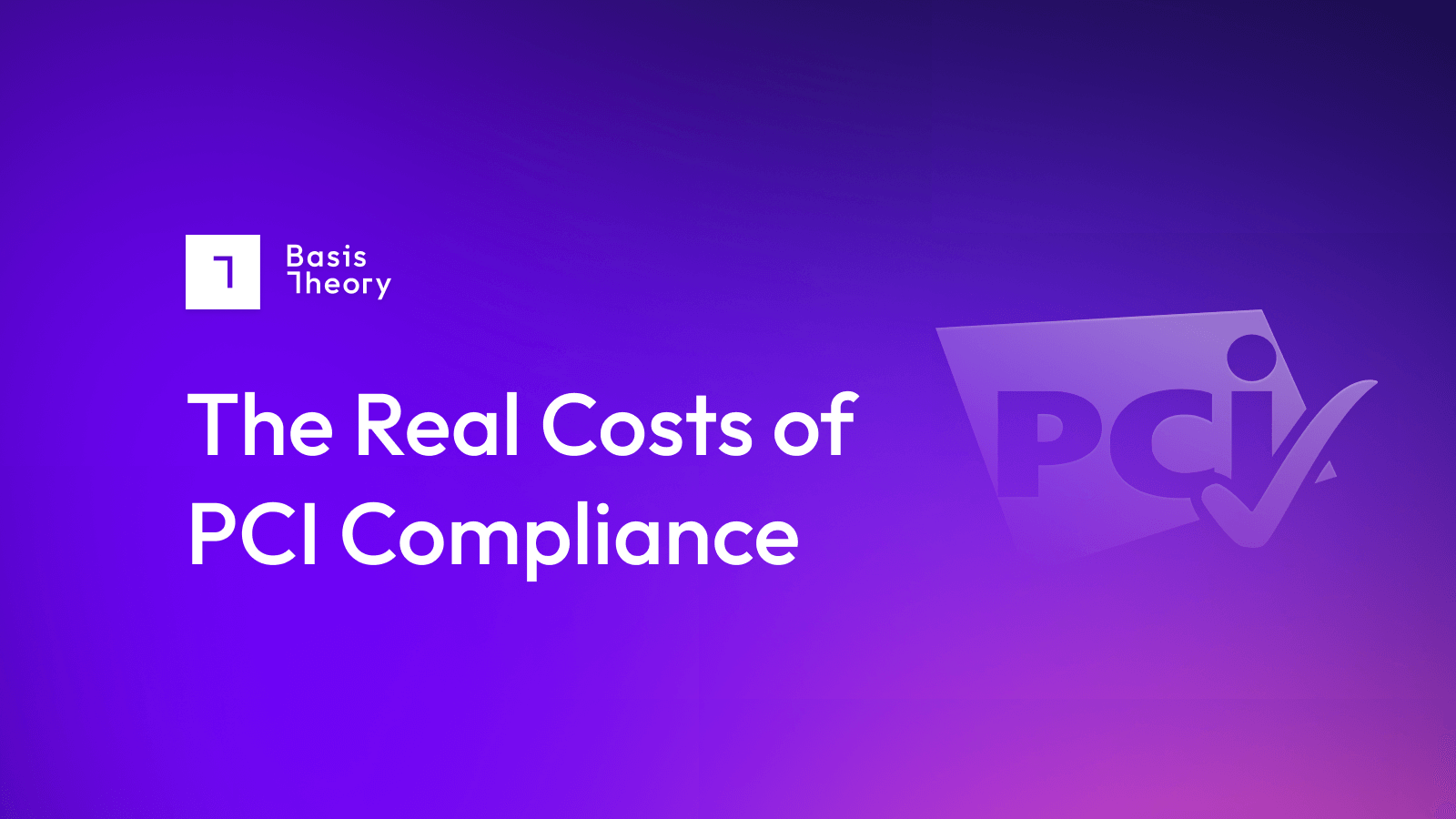Why I Joined Basis Theory as VP of Product

Payment orchestration was pitched as the ultimate strategy for a merchant of any size to gain control over its payments stack. Smart routing, failovers, token portability, and unified data across providers—it’s a compelling vision. A world where every transaction is optimized, and each merchant has total command of their payments infrastructure.
But for the 99% of merchants processing less than $5 billion in annual payment volume, the orchestration pitch has turned out to be more of a mirage. There’s an expectation that orchestration means six processors are dynamically working together based on the issuer's country and currency to route transactions for the highest possible authorization rate. It’s magic, and the merchant or platform does not need to know how it works.
In practice, orchestration rarely delivers on its promises, and often introduces more complexity than control.
This realization is why I joined Basis Theory.
What Payment Orchestration Promised
At its core, payment orchestration is the programmable coordination of the services that touch a transaction: tokenization, authorization, CVV check, authentication, retries, fraud prevention, and even alternative payment methods. You’ll hear payment orchestration sold with buzzwords like:
- Least Cost Routing
- Uptime and Cost Optimization
- Payment Method Enablement
- Unified, Processor-Agnostic Data
- Real-Time Routing
The idea is that, with orchestration in place, a merchant can abstract away complexity and gain flexibility. Being able to plug into multiple payment service providers (PSPs), switching providers at will, and routing transactions based on the logic that serves the business best.
Empowering right?
What Merchants Actually Get
What’s worse is that these types of orchestration setups and gateways take control away from the merchant. Meaning, merchants end up with:
- One primary processor that handles 95% or more of payment volume.
- A backup processor sitting idle.
- Rudimentary retry logic.
- Fragmented data and reporting.
- Dependencies that are difficult to test, maintain, and optimize.
- A system that becomes yet another single point of failure.
Here’s an example:
- A retail platform processing $300 million annually adopted a gateway’s orchestration layer to enable multi-PSP routing.
- In reality, 97% of transaction volume was still being routed through a single provider.
- The backup PSP sat idle, retry logic was inconsistent at best, and the retail platform had no insight into why transactions failed or how to improve authorization rates.
Once routing, retries, and tokens are handed to a third-party, with interests outside of what is best for a merchant, it becomes hard, and expensive, to take back that control.
Orchestration Isn’t a Software Problem
Software problems exist within orchestration, but orchestration itself is a strategic, operational, and business challenge. Gateways like Adyen and Stripe have built orchestration into the core of their products—but it’s a black box that a merchant is trusting with their logic, uptime, and roadmap.
To be clear, I’m not against orchestration in principle. But I am against platforms taking control away from merchants under the guise of flexibility or simplicity. Tools like network tokenization, 3DS, and vaulting give teams surgical precision without the overhead of a black-box orchestration layer. Product leaders are asking why failovers don’t fire, why tokens aren’t portable, and why rate negotiations are so painful.
Successful orchestration doesn’t start with code. It’s about leverage, margin, and ultimately, control, which is why orchestration works so well for the Ubers, Googles, and Eventbrites of the world. Platforms that process billions of dollars annually find value in optimizing for every basis point.
These companies aren’t orchestrators; they are owners of their payment infrastructure. Meaning that if you are not a payment facilitator or a massive enterprise, the ROI of orchestration just isn’t there.
Merchants with $50-$500 million in volume follow a much simpler strategy:
- Choose a primary PSP.
- Negotiate better rates or SLAs over time as the relationship deepens.
- Integrate a backup PSP for redundancy.
- Focus on conversion, fraud prevention, and authorization rates over routing logic.
- Prioritize checkout UX and compliance.
And these merchants are right to do so. Orchestration layers aren’t built to improve margins or reduce churn. Targeted tools like account updaters, network tokens, 3DS, and agnostic vaulting give merchants more control without the compliance overhead.
Where the Opportunity Exists
The truth is that most merchants don’t need orchestration. They need a programmable layer of control. This shift to programmable, merchant-owned infrastructure lays the foundation for a future of agentic commerce, one where intelligent systems act on behalf of users and merchants alike—both securely and independently.
That’s why this message matters. Too many payment teams are being hindered by a roadmap they aren’t writing, and tools they don’t need.
The term “orchestration” is still useful, but expectations must be reset.
Orchestration isn’t dead—because it was never alive for most.
Let’s connect if you’re trying to solve similar problems in your payments stack. Reach out to me on Linkedin. Book a meeting with me on cal.com
Let’s rebuild what payments should be.
.png?width=365&height=122&name=BTLogo%20(1).png)




